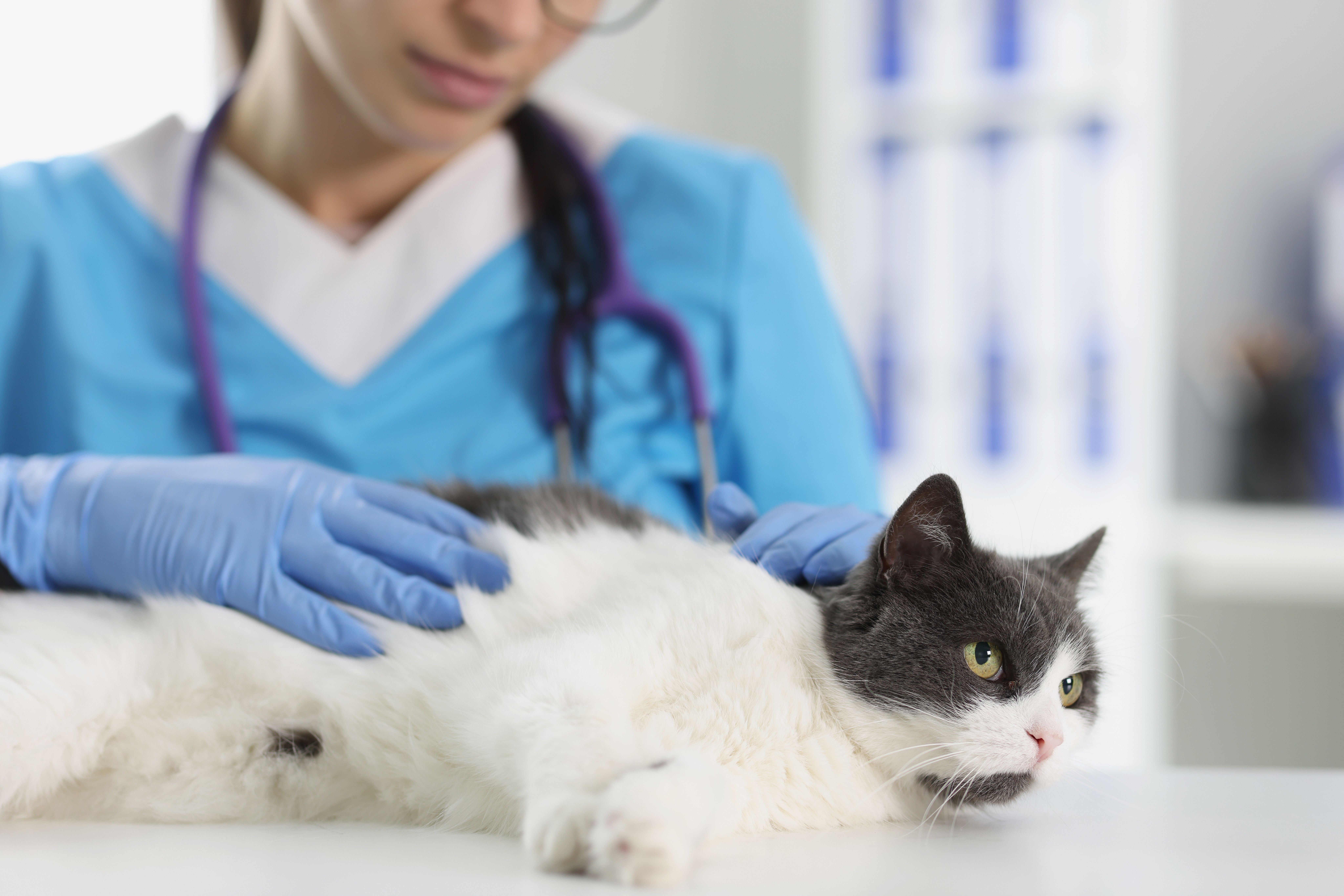New feline chronic pain toolkit now available
The American Association of Feline Practitioners released these resources to help veterinary teams manage chronic feline pain
H_Ko/stock.adobe.com

The American Association of Feline Practitioners (AAFP) announced that its Chronic Pain Education Toolkit is now available to veterinary professionals. The online resources will give veterinary professionals insights and tools that they need to effectively address chronic pain in feline patients.
“As our knowledge and understanding of pain in the domestic cat continues to expand, the AAFP Chronic Pain Educational Toolkit will now add to existing resources and provide guidance on improving the quality of life for cats with chronic pain,” said Kelly St. Denis, MSc, DVM, DABVP (Feline), Chronic Pain Toolkit chair, in an organizational release.1 “Developed by individuals at the forefront of treating pain in domestic cats, the AAFP Chronic Pain Educational Toolkit provides veterinary professionals with an easy-to-access and easy to-use resource for understanding, diagnosing, and managing chronic pain in cats.”
According to the organizational release,1 the toolkit will offer an in-depth understanding of chronic pain by learning more about pathology, types, and prevalence of chronic pain in feline patients and enhanced assessment tools to explore various assessment methods, such as those including both in the veterinary team and client to help get a better idea of the patient’s condition.
The toolkit will also offer science-based treatment strategies to help veterinary teams learn about effective therapy goals with practical application, incorporating pharmaceuticals, environmental modifications, and nutrition.1 Patient and care giver support will also be attainable in the guide through valuable insights such as the management process to foster a collaborative and successful approach.
The 40-page PDF was created by a task force made up of veterinary professionals with an educational grant awarded by Zoetis. This toolkit is intended for veterinary professionals as an implementation tool to access and gather information quickly, not as a complete review of the scientific data for treatment.2
References
- The American Association of Feline Practitioners announces new Chronic Pain Educational Toolkit. News release. March 5, 2024. Accessed March 5, 2024. https://catvets.com/public/PDFs/PressReleases-Media/2024/chronic-pain-2024-FINAL.pdf
- American Association of Feline Practitioners Chronic Pain Educational Toolkit Chronic Pain Educational Toolkit. American Association of Feline Practitioners. Accessed March 5, 2024. https://catvets.com/public/PDFs/Toolkit/Chronic/AAFP_Chronic_Pain_Toolkit_Full.pdf